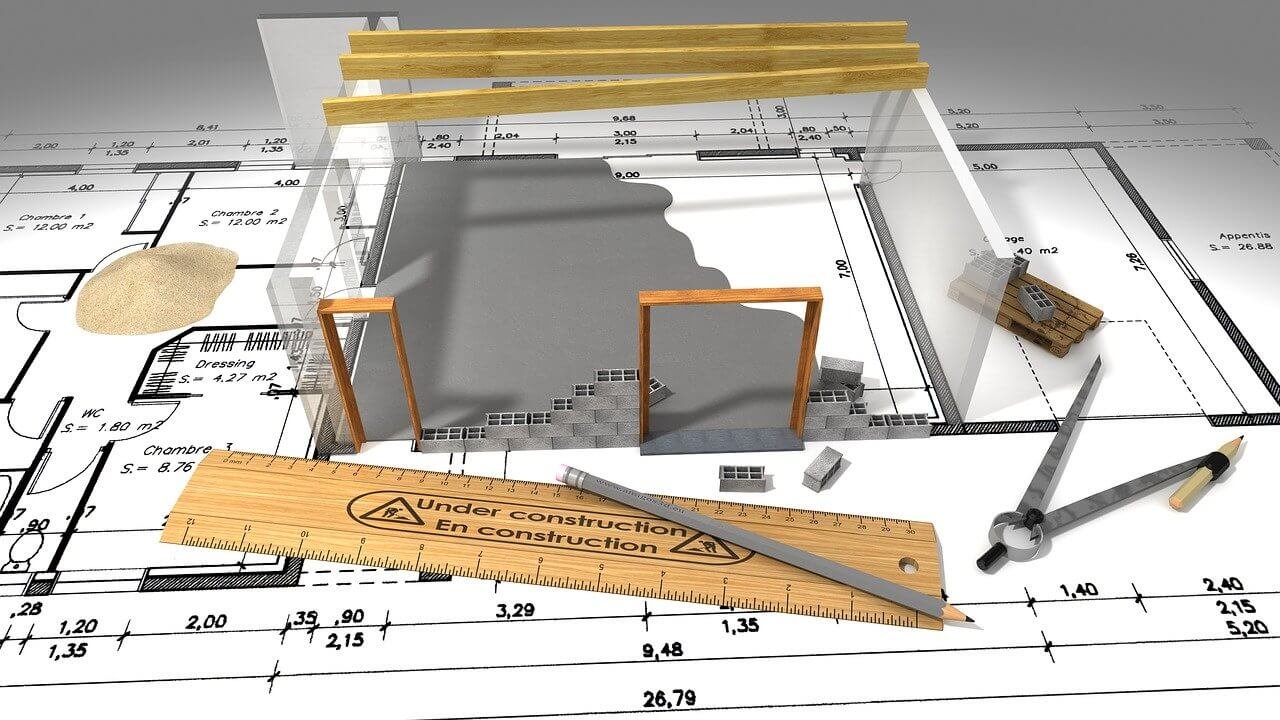How can a Responsive Building contribute to the city?
A responsive building is often thought to engage an individual through adaptive design. It is essential to understand that a responsive architecture should engage at an individual level. At an urban scale, issues like safety, cleanliness, order, happiness, and engagement need to be in a collective form. A well-designed architecture can be executed through its functionality targeting the above goals.
A responsive building can serve to guide its visitors towards safety by being aware of visitor behavioral patterns, lighting problems, and landscaping issues. Each building is important for trying to keep the surrounding area safe. Sound is equally important as compared to other elements like lights and safety. The sound can intimate correct signals when there is a compromise, correcting the situation towards safety.
A building can do carry out various activities bringing value to its surrounding urban space and know how to respond. By seeing patterns within the behavioral signals of people and objects, a building can motivate people, morph itself, or change the variables to a given situation. Henceforth, urban areas remaining cleaner, more ordered, and even safer. So, what is Responsive Architecture?

Responsive Architecture:
Despite the rapid urbanization and worldwide standardization, there is a lack of better differentiation between cities towards more customized environments. As of now, the advancements in computational design fabrication technologies have been successfully implemented at various architectural scale, but not at larger urban contexts.
It is an evolving field of architectural practice and research. Responsive architecture measures actual environmental conditions to enable buildings to adapt their form, shape, color, or character. It distinguishes itself from other forms of interactive designs by incorporating intelligent and responsive technologies into structural systems in an urban environment. The architecture also allows the architects to have the ability to reconsider the way they design and construct shapes while striving to advanced disciplines.
The word ‘responsive architecture’ was first coined by Nicholas Negroponte, during the late nineteen century, when spatial design problems were being explored by applying cybernetics to architecture.
How can Responsive Architecture contribute to climate change?
Climate responsive architecture considers the seasonality of weather, the direction of the sun (sun path and solar position), natural shade provided by surrounding topography, environmental factors, and climate data like temperature, weather patterns, combining to design energy-efficient homes. The following are the steps to consider while designing.
Step 1: Perform Site analysis by determining weather patterns, soil types, wind speed, sun path, water flows. Geology and habitat. Document all the aspects of understanding the habitat of a building. One of the approaches followed while designing an environmental sustainability project.
Step 2: Layout the building on the site by using an integrative design process. Use a basic massing model for building layout to determine the specifications of the optimal location of the building to be situated. Staying least 100 feet clear of any watershed and essential requirements to access infrastructure. Factors like existing, on-site geological features like trees and water bodies shall be considered while dictating the location of the building.
Step 3: Plan with the sun. It’s all about the sun while designing and planning the place of the structure based on cardinal directions. The goal is always to maximize the amount of sun that heats the space in winter and decreasing the amount of sun that heats up the building in summer.
Step 4: Window consideration, south-facing facades should utilize the window area to its orientation, and glazing should use a double or triple-paned glass. A window should minimize the amount of heat transmitted into space in the hottest of climates.
Step 5: Building for Geographic area. When designing the envelope of the structure, factors like insulation, vapor barriers, air barriers, solar heating will vary depending on the project in cold, snowy, hot, and humid south or arid desert.
Step 6: Minimizing the building footprint. Yes, it is possible to add extra stories to your design as far as the footprint will have minimum excavation.
Step 7: Design for natural ventilation, since the warm air rises, a building can be cooled by designing for stack ventilation by drawing cooler air from openings. The rate at which air moves is a function of the vertical distance between the inlets and outlets.
Step 8: Relax the occupants’ comfort standards. Most buildings keep occupants reasonably comfortable. With the climate-responsive design, reducing the amount of energy used to cool and heat the building by using natural systems.
Step 9: Conduct modeling and analysis can be achieved by energy and lighting models, computational fluid dynamics, etc. and by understanding how the design best fits with local climate and micro-climate.
Step 10: Performing multiple interactions, it is better to spend more time in the early phases of design, which is far less costly than making changes while on the field later, resulting in high cost.

Shifting Trends, Responsive to Adaptive:
Everything is in a constant state of flux with varying elements of dynamism. The spaces in which inhabit are continually changing as well, which generally occurs through non-physical conditions. A traditional building skin provides stability, regulates air pressure, and protects the interiors from direct environmental factors. Building skins are a vital component to resolve the issues of responsive architecture that can be imparted to the building systems to respond to an environmental stimulus.
The term ‘adaptation’ is commonly used in architecture in relation to the changing morphologies of architecture. The architecture adapts to the time when it is conceived and realized. The resultant of changing times, social forms, economic supports, and user needs with environmental effects. The global climatic change, occurring over the course of time, creates forces for architectural objects to change with years.
Adaptations occur with time, years, generations, and constant improvements based on certain criteria. Buildings not only provide continuous shade and protection from external environments but have a multitude of functions to perform a range of conditions to adapt and respond.
Responsive Architecture examples around the world:
The responsive architecture can adapt to its surroundings and sometimes changing shape or character. Some exciting examples covered are:
- The Hygroskin Meterorosensitive Pavilion: A new mode of climate-responsive architecture uses the natural responsive capacity of basic material, wood with dynamic manipulation of a building’s humidity. Hygroskin uses the natural elasticity or mechanical control in relation to moisture content to adjust the movement of apertures embedded with plywood sheets.
- Radiant Soil: The installation of Radiant soil was presented at Espace EDF in Paris. A plant-like structure made from biomimetic components of polymer, metal, and glass, each with linear-living carbon-capture metabolism. It allows the structure to react to viewers as they approach, setting off bursts of light that stimulate protocells and trigger chains of movement.
- Abu Dhabi’s Central Market: The Market retail complex was by Foster + Partners. The dynamic grid reacting to the levels of sunlight, kinetic design of shading roof resembles a traditional coffered Islamic roof.
- Echoviren Pavilion: The first 3D printed architectural structure, a modular, site-responsive pavilion that changes shape in accordance with the shapes and forms of its forest surrounding. The structure is composed of interlocking components made from plant-based brio-degradable plastics.
- Praire house, Illinois: It implements new tensegrity systems and cladding technologies. Through the use of thermo or photochromatic inks, the color of the interior membrane becomes lighter on warmer days and darker on colder days. It radically cuts carbon emissions and presents an elegant new aesthetic.
Buildings contribute close to half of the energy use and since the energy is the number one contributor to global warming. Make up your mind that- you are designing for past, present, and future people, and responsive architecture is the prime factor maintaining the behavioral systems with time. Meaning, the though of how responsive a building needs to be, depends on the designer’s imagination.
To know more about Architecture Technology, Stay Tuned.
Previous Coverage:
- Coastal cities at the highest risks?
- Algae-based bioreactor: Swallows CO2 From Air
- Co-Living, A buzzword of 21st Century!
- Urban Segregation: Data from 350,000 Smartphones Used
- Beyond Imagination: 21st Century’s Emerging Tech for Architecture & Design



